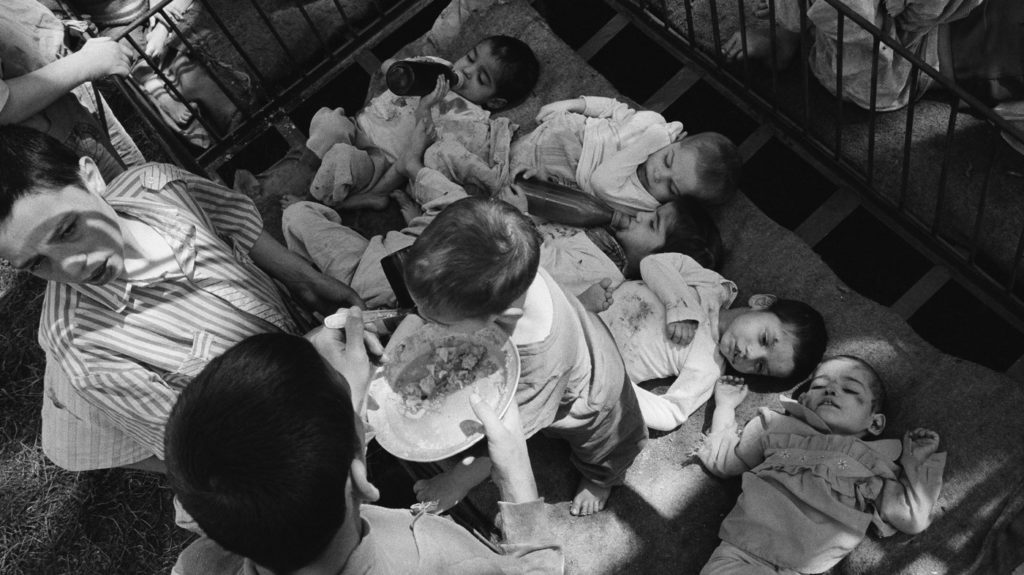Some Nebraska state senators are planning to jump on the abortion ban bandwagon and push a “fetal heartbeat” bill next session. These senators are quite concerned about embryos with detectible heartbeats but not as concerned about the heartbeats of born humans with uteruses, immigrant children whose broken hearts are beating in ICE detention, or impoverished children who need nutritious food and opportunity for their hearts to keep beating.
Abortion bans value birth above all other considerations, and we don’t need to speculate to know what abortion bans do. Abortion bans cause:
- dead children and adults who die from pregnancy or childbirth complications
- dead children and adults – who die from attempts to end an unwanted pregnancy
- the suffering of babies who gestated and were born despite being doomed to painful lives cut short by hopeless genetic defects
- the suffering of those who must carry a dying fetus to full term and endure the pain and risk of childbirth knowing the baby will not live
- injuries in living children who survive abortion attempts
- abandoned children in numbers that far surpass the number of homes that can properly care for the children
- irreparable and widespread physical and emotional trauma among children who are abandoned to the under-resourced care of the state
- exacerbated, generations-long poverty
In countries where abortion is banned, human misery abounds. In Romania, hundreds of thousands of children were raised in squalid orphanages when abortion was banned there. Many of the children suffered from significant disabilities and were abandoned by parents who could not care for them to institutions that did not properly care for them. Some children suffered disabilities caused in utero by abortion attempts. Some children suffered from communicable diseases–not only ones spread within the orphanages, but also from blood transplants intended to combat their malnutrition.
 Abandoned Romanian children in a state orphanage, 1989.
Abandoned Romanian children in a state orphanage, 1989.
Many of these children suffered devastating emotional effects that continue to haunt the country, as many of the now adult orphans are homeless, impoverished, and dealing with addiction and other issues correlated to poverty and early emotional trauma.
In Latin America, people (even children) in countries where abortion is banned can face criminal consequences for miscarriages. In Latin America and the Caribbean, where only 3% of women live in places where abortion is broadly legal, 760,000 women per year are treated for complications from unsafe abortions.
In 2013 in Ireland, 31-year-old Savita Halappanavar suffered an incomplete miscarriage. She was 17 weeks pregnant and wanted to have the baby. She began experiencing pain and went to the hospital where her water broke. However, the dying fetus did not come out of her body, and despite the pleas of Savita and her husband, the hospital refused to remove the fetus because it would count as an abortion, which was illegal in the country. Savita developed sepsis before their eyes and died of cardiac arrest. In response, an outraged public overturned the country’s abortion ban. Does the U.S. care enough about its residents to protect them from such a fate?
 Savita Halappanavar, who died in 2013 when Irish doctors prioritized her dying fetus’s heartbeat over her life.
Savita Halappanavar, who died in 2013 when Irish doctors prioritized her dying fetus’s heartbeat over her life.
Judging from how we already treat pregnant people, the answer seems to be no. We have the highest maternal death rate in the so-called “developed” world. Sixty percent of maternal deaths in the U.S. are preventable, yet we don’t prevent them. Forcing more people to gestate and birth babies will result in their deaths. Which one of your friends will Nebraska’s Republican senators subject to Savita’s fate?